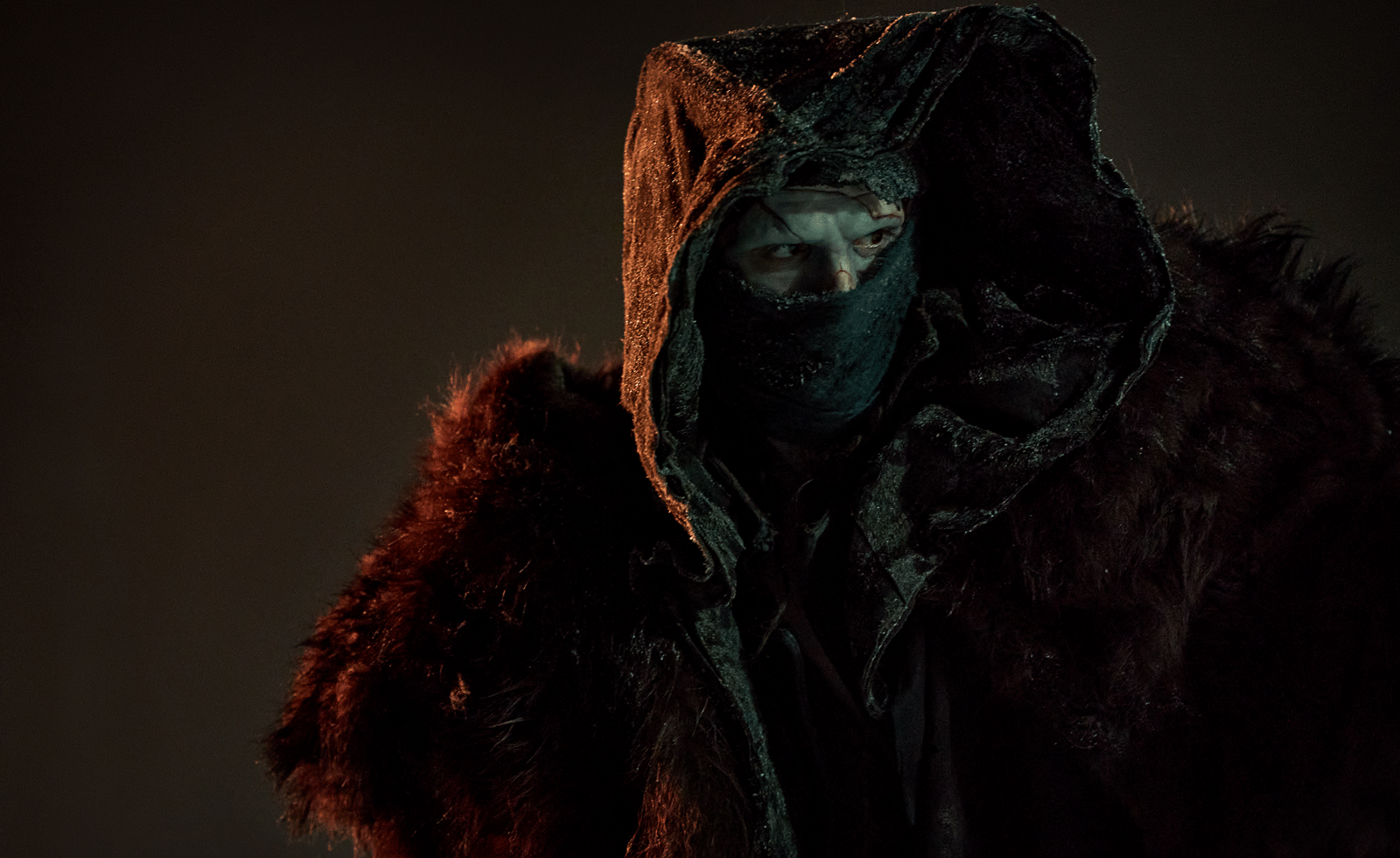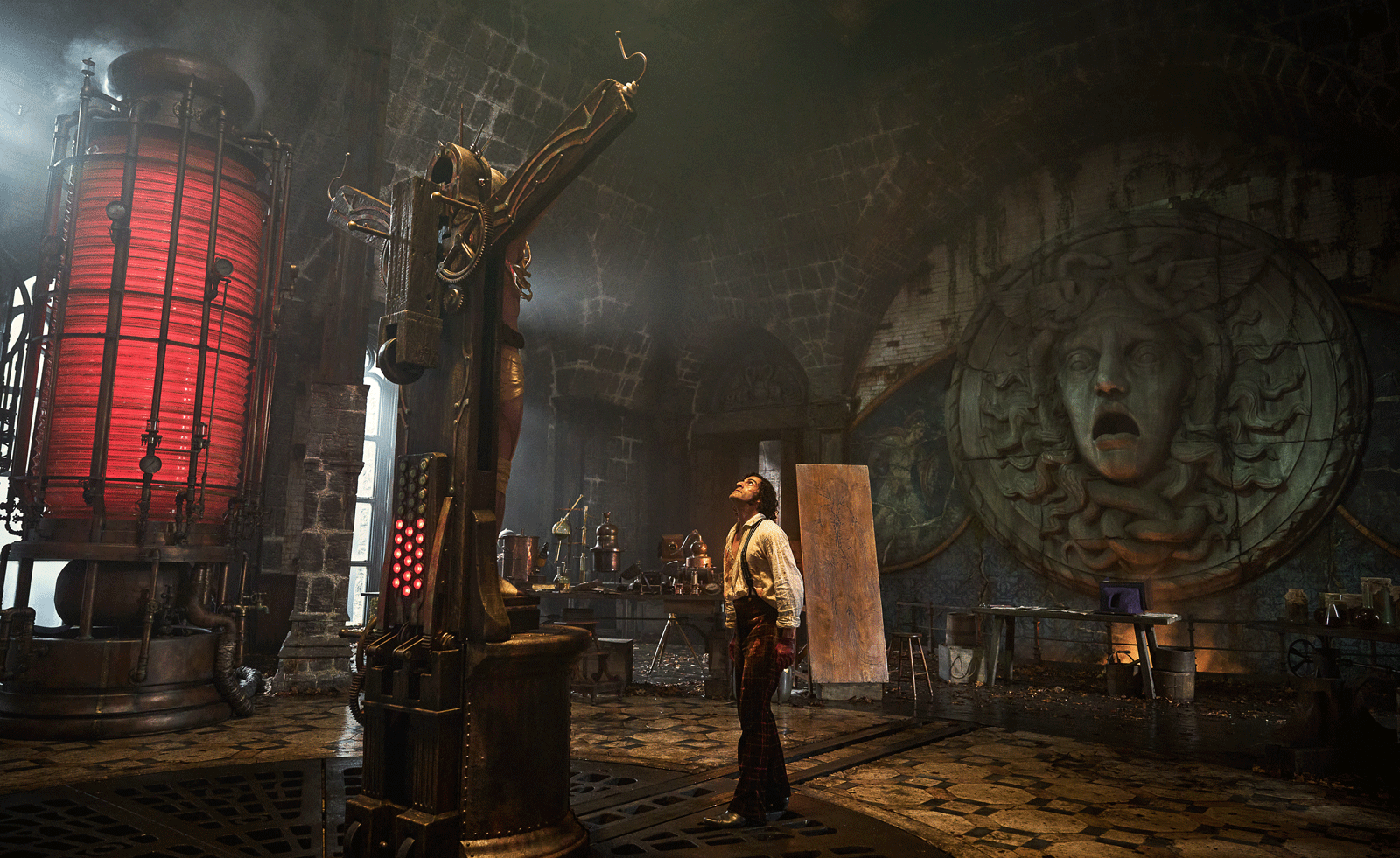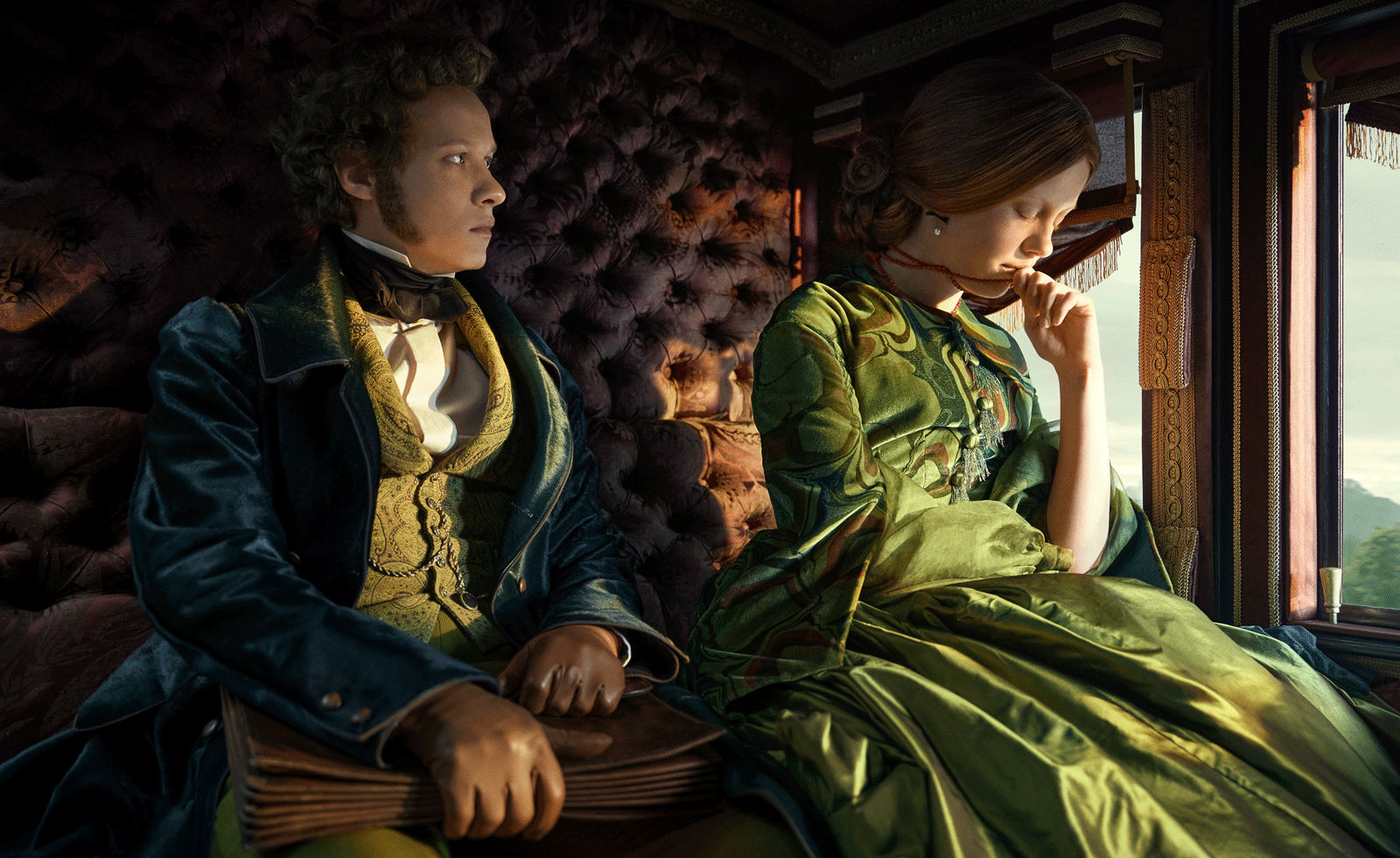Does Guillermo Del Toro’s Frankenstein summon the gothic flamboyance of Mary Shelley’s novel?
The visionary filmmaker was inspired by the famous 1931 adaptation of the book, but his long-gestating version is closer to its author’s astonishingly vivid tone

In the early 1970s, as a child in the city of Guadalajara, west Mexico, Guillermo Del Toro spent his Sundays worshipping at two hallowed grounds: the church and the cinema. In the latter, he was drawn to classic Universal monster movies. One fateful Sunday, he watched director James Whale’s legendary Frankenstein (1931) and its even more iconic 1935 follow-up The Bride of Frankenstein.
'In the first film,' he has said, 'I saw Boris Karloff cross a threshold as a living cadaver, and saw the glazed, undead eyes glitter and gaze at me.' The director went on to describe this as a Damascene moment, as the image struck him much more sharply than the bloody images of Jesus on the cross that were inherent to his Catholic upbringing: 'I felt the jolt of recognition in that seminal moment. Gothic horror became my church, and that figure, right there, became my shepherd.'

In the latest version of the much-filmed tale, the (strangely beautiful) titular creature is played by Jacob Elordi, while his single-minded, egotistical creator Victor Frankenstein is portrayed by Oscar Isaac. Mia Goth is Elizabeth, Victor’s soon-to-be sister-in-law, his unrequited feelings for whom influence his mania for creating new life from assorted cadavers. He’s helped in this unholy mission by wealthy benefactor Henrich (Christoph Waltz), who has reasons of his own for playing God.

It’s not a totally faithful adaptation – Del Toro, who wrote the script and has longed to make the movie for decades, invented Waltz’s character in one of many narrative tweaks – but visually it summons all the gothic flamboyance of Shelley’s book. In the text, when Victor first looks upon his creation, he describes his horror in grand, gothic terms: 'His yellow skin scarcely covered the works of muscles and arteries beneath; his hair was of a lustrous black, and flowing; his teeth of pearly whiteness; but these luxuriances only formed a more horrid contrast with his watery eyes, that seemed almost of the same colour as the dun-white sockets in which they were set, his shrivel-led complexion and straight black lips.'
Del Toro maintains the astonishingly vivid tone of the 18-year-old Shelley’s prose by drenching his film in hyper-real colours (including his signature blood-red), extravagant costumes and an almost steampunk aesthetic. Christopher Young, head of archives and design at Tiffany & Co., worked with Del Toro and his costume designer Kate Hawley to provide jewellery such as Elizabeth’s darkly beautiful scarab beetle necklace, which dates back to around 1905 and is rarely shown. 'The scarab beetle necklace, Hawley says, 'is Guillermo’s language.'

When the auteur watched the Universal adaptation of Frankenstein as a child, he was marvelling at James Whale’s cartoonish iconography: Karloff’s slab-like forehead and the bolts through his neck, Victor’s art deco-style lab. This remains the definitive interpretation, but Del Toro has done just as much to visually reimagine the novel. Although Shelley never describes the tools that Victor uses in his ghastly endeavour, the director and production designer Tamara Deverell filled the scientist’s laboratory (which features a circular window, another Del Toro motif) with equipment that’s all the more menacing for its realism.
A key moment in this telling of the 207-year-old tale occurs when Victor’s angelic brother (Felix Kammerer) asks if he ever stopped to consider whether his creature possesses a spiritual essence. For its grandiosity, Guillermo Del Toro’s Frankenstein is never a case of style over substance. In summoning all the flamboyance and wonder of Shelley’s novel, he’s imbued his extraordinary film with lashings of soul.
Receive our daily digest of inspiration, escapism and design stories from around the world direct to your inbox.
Frankenstein is on Netflix 7 November
A corresponding exhibition, 'Frankenstein: Crafting A Tale Eternal,' is at The Old Selfridges Hotel in London until 9 November
Jordan Bassett is a London-based journalist, writer and broadcaster with over a decade’s experience covering pop culture with a focus on music. As a journalist Jordan has interviewed some of the world’s best-known music figures, writing for the BBC, NME, Esquire, Spin, Vintage Rock, Classic Pop, Kerrang!, Grazia and many more. He was Commissioning Editor (Music) at NME between February 2020 and September 2022 and was on staff at the publication for seven years. In addition to this, Jordan is the author of Here’s Little Richard, a recent instalment in Bloomsbury Publishing’s 33 1/3 series of books about classic albums. This one pays loving tribute to the King and Queen of Rock’n’roll.
-
 Vigilante’s 1979 Jeep Wagoneer features luxury trim, modern muscle and elevated styling
Vigilante’s 1979 Jeep Wagoneer features luxury trim, modern muscle and elevated stylingTexan restomod master Vigilante has created a new take on the classic Jeep Wagoneer, transforming the 1970s family SUV into a sleek, architectural powerhouse
-
 Australian studio Cordon Salon takes an anthropological approach to design
Australian studio Cordon Salon takes an anthropological approach to designWallpaper* Future Icons: hailing from Australia, Cordon Salon is a studio that doesn't fit in a tight definition, working across genres, techniques and materials while exploring the possible futures of craft
-
 This designer’s Shoreditch apartment is ‘part grotto, part cabinet of curiosities’
This designer’s Shoreditch apartment is ‘part grotto, part cabinet of curiosities’The apartment serves as Hubert Zandberg’s ‘home away from home’, as well as a creative laboratory for his design practice. The result is a layered, eclectic interior infused with his personality